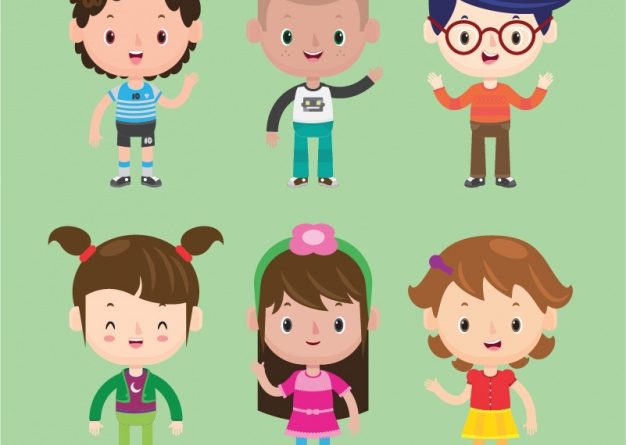THE ROLE OF THE CONTEXT IN FLT.
The prominent role of the context in modern FLT seems beyond doubt. By its very nature, the language always occurs in varied situations which may even determine the essential meaning we understand or communicate. As little sponges with an outstanding brain plasticity, children acquire their mother tongue with no apparent effort, learning the subtleties of the language and its adequacy to different contexts. Thus, if understanding seems to be a “natural route” to learn a language, FL teachers should try to recreate situations in which the language happens naturally, especially those that arouse students’ willingness to participate and use the FL.
In general, rich contexts raise and maintain the learners´ motivation and are likely to thrust them to take little communicative risks in English. In this regard, our digital native students require digital learning scenarios, due to the massive amount of teaching resources and their engaging power.
Real contexts are far more effective than simulated ones. In guise of an example, an arranged Skype tasks with a partner school from a different country (i.e. through European educational communities like eTwinning) can be an ideal setting to instil the need to learn how to introduce themselves to other children.
The next few paragraphs comprise three different contextualisations to engage children in using the FL with a meaningful purpose:
- The first contextualisation may be ideal for students in their 5th or 6th grade, as their communicative abilities permit a certain linguistic autonomy. The unit is integrated in a term project about mass media and it is entitled “I want to know about you”. The product that children are expected to produce at the end of the unit is a digital interview TV program, in which we shall in small groups keep a guided conversation with our European mates from the eTwinning* project. Out of this final learning outcome, there may be interesting immediate connections to think of: the communicative functions in the unit may be related to questions patterns to ask for preferences and hobbies (i.e. what do you like doing in your spare time?). The lexis may be related to daily routines and preferences, describing as well the favourite places in their town. Moreover, we can take advantage of the fact that there are children from several nationalities, cultures and ethnic groups in the common eTwinning project to cover some transversal elements (RD 126/14, art. 10), like respect for other cultures, beliefs and preferences.
*The eTwinning program is a free online community for schools in Europe, which allows collaborating in common projects within a secure network and platform. We shall return to this resource due to its versatility, effectiveness and potential.
- A puppet theatre in English based on a story sounds like a hooking element for children in level four of primary education. We may use art and craft sessions to create the puppets according to the personality of the characters and use them in the final performance. Hence, the cornerstone of the unit is getting children to act as storytellers in the joyful way of a puppets show that can be recorded and uploaded to the FL The type of linguistic content of the unit can be related to using dialogues to tell a story in present and present continuous, expressing the setting and actions of the characters. The language focus may be physical descriptions, recognition and expression of emotions, etc.
A prime example of story to work on emotions might be “How Full Is Your Bucket?” written by Tom Rath and Mary Reckmeyer (illustrated by Maurie J Manning). Through this story, children can understand the valuable “bucket filling” metaphor and create their own scripts for the performance. In order to give more prominence to their product, the recorded result can be shared in a learning community like the one previously described (eTwinning). This unit could be part of a term project devoted to literature and emotions.
- A marketing campaign for children to promote our region as a tourist destiny in European countries can be an excellent idea to cover the language of mass media. The format of the product can be diverse: video advertisements, a traveller’s guide, radio program, and the like. Therefore, this unit can especially cover those learning standards concerned with giving convincing messages in oral and written presentations, using the formal language of mass media at a basic discourse level. If we opt for the video, an interesting line of work can be preparing written scripts describing prominent locations and places in our town. Eventually, children shall be recorded in the selected locations, describing the history of a castle or the places where young people practise sport, and the like.
In our view, imagining attractive contexts for young learners is the essence of designing a FL programming. In doing so, we need to gather our wits and test creativity, imagination and technical knowledge. Eventually, the rewarding involvement of children is very likely to be the result of a motivating planning.
Video by Oxford University Press ELT


